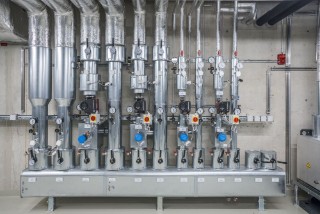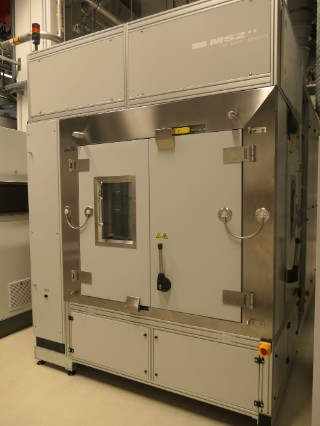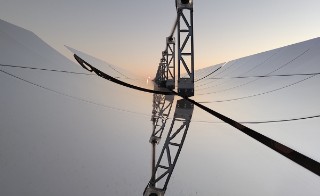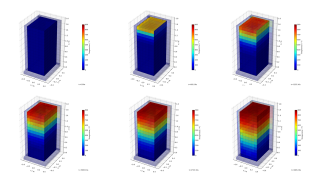
Overview of the research and development activities of SMARTLINE PV.
SMARTLINE-PV, an EU-funded project, aims to develop tin perovskite solar modules with selectable colours for specific applications, which will be realized by the Fraunhofer ISE MorphoColor® flexible technology. Significant R&D efforts are orientated towards (i) module fabrication on glass and flexible PET substrates with the lowest possible efficiency losses compared to single small area devices and (ii) their integration in façade elements and roof tiles | Duration: 01/2024 - 12/2027
more info




